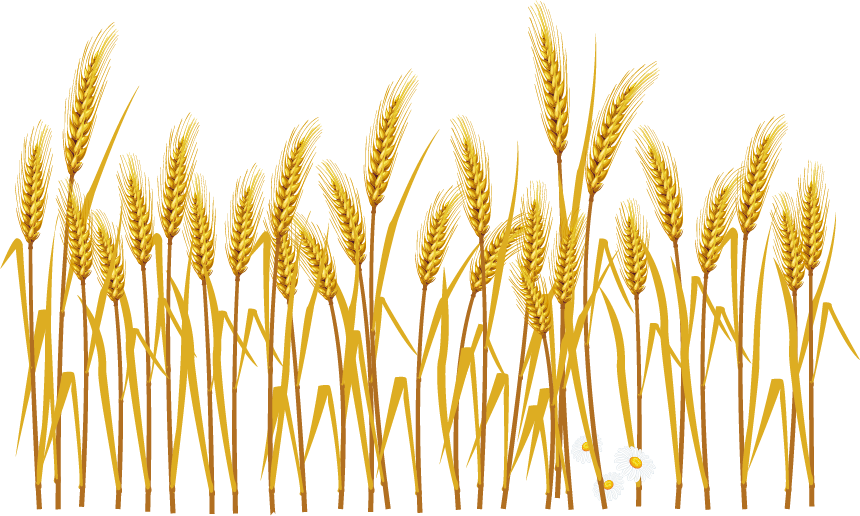Genetic diversity refers to the variety of genetic characteristics within a population or species, including differences in DNA sequences, gene expression and the presence of different alleles (gene variants). Genetic diversity is crucial to the adaptability and evolution of species, providing the raw material for natural selection to act upon, enabling populations to respond to changing environments. It plays a fundamental role in maintaining the health of ecosystems and is essential for the long-term survival and sustainability of life on Earth.
A fascinating example of genetic diversity can be found in the world of domestic dogs, where the incredible variety of breeds demonstrates the power of selective breeding and genetic variation.

The striking diversity within Canis lupus familiaris is the result of humans selecting for certain traits they found desirable and breeding dogs to possess those traits. The genetic diversity within the dog population is immense, allowing for a variety of breeds, each with their own unique characteristics. The example of domestic dogs illustrates how genetic diversity can be deliberately shaped through selective breeding and highlights the wide range of traits that can be produced within a single species thanks to genetic variation.
However, it has also reduced genetic diversity and increased inherited health problems, such as respiratory problems in brachycephalic breeds. Ethical concerns also arise when aesthetic preferences override animal welfare. Thus, while selective breeding has produced diverse dog breeds, it highlights the need to prioritise health and well-being alongside desirable traits.
- Dutrow et al. (2022) Domestic dog lineages reveal genetic drivers of behavioral diversification
- Parker (2012) Genomic analyses of modern dog breeds.
Another striking example of genetic diversity can be found in the world of agriculture, particularly in the diversity of crops. For example, different varieties of wheat have been shaped by generations of farmers and selective breeding to adapt to local climates, soil conditions and culinary traditions. This genetic diversity not only provides a rich variety of flavours and textures in food, but also ensures that wheat crops are resilient to environmental challenges and changing dietary preferences.
While selective breeding has increased genetic diversity in crops such as wheat, it can also have negative consequences. The focus on specific high-yielding varieties often reduces overall genetic diversity, making crops more vulnerable to disease, pests and changing environmental conditions. This reliance on a limited number of varieties can threaten food security and resilience, as farmers may struggle to adapt to unforeseen challenges. While selective breeding has improved crop traits, it also highlights the importance of maintaining broader genetic diversity to ensure sustainable agriculture.
